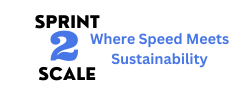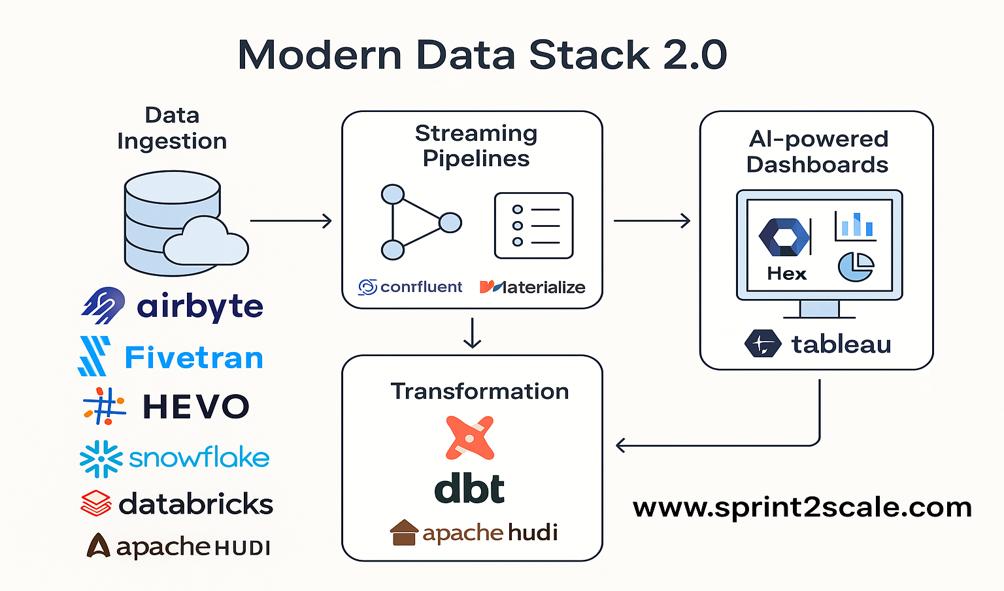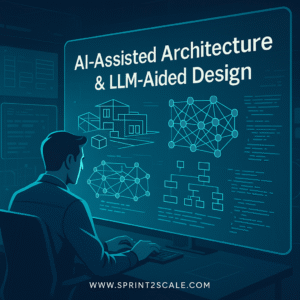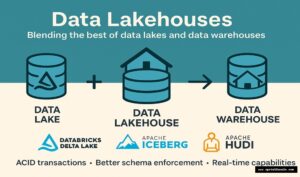Table Of Content
- What Is the Modern Data Stack?
- Why Modern Data Stack 2.0?
- Key Features of Modern Data Stack 2.0
- 1. Unified and Composable Architecture
- 2. Real-Time and Streaming-First
- 3. Built-In Governance and Observability
- 4. AI-Augmented Data Operations
- Components of Modern Data Stack 2.0
- Modern Data Stack 1.0 vs 2.0
- Benefits of MDS 2.0 for Organizations
- Real-World Example: Notion’s MDS 2.0 Journey
- Challenges in Adopting MDS 2.0
- How to Get Started with Modern Data Stack 2.0
- Summary
- References
The data landscape is evolving faster than ever. As organizations strive to become more data-driven, the tools and technologies they rely on must evolve too. Enter Modern Data Stack 2.0 (MDS 2.0)—the next evolution of data infrastructure that’s faster, smarter, and built for scale.
In this blog, we’ll explore what Modern Data Stack 2.0 is, why it matters, how it differs from its predecessor, and what businesses need to do to stay ahead.
What Is the Modern Data Stack?
Before we get into MDS 2.0, let’s take a quick look back.
The original Modern Data Stack (MDS) was a breakthrough approach that replaced clunky legacy systems with cloud-native tools. It was built around components like:
- Cloud data warehouses (Snowflake, BigQuery)
- ELT tools (Fivetran, Stitch)
- BI platforms (Looker, Tableau)
- Data transformation tools (dbt)
- Orchestration frameworks (Airflow, Dagster)
This version of the stack empowered teams to access and analyze data faster—but it wasn’t without limitations.
Why Modern Data Stack 2.0?
As organizations scaled, they encountered new challenges:
- Tool sprawl and integration fatigue
- Siloed governance and poor data quality
- Limited real-time capabilities
- High maintenance and total cost of ownership
That’s where Modern Data Stack 2.0 steps in. It’s designed to be more unified, intelligent, scalable, and governable.
As Benn Stancil, co-founder of Mode, puts it:
“The modern data stack helped organizations centralize data. Now, MDS 2.0 is about operationalizing and scaling that data usage efficiently.”
Key Features of Modern Data Stack 2.0
1. Unified and Composable Architecture
MDS 2.0 favors modular platforms that can be easily assembled, swapped, or scaled. Instead of gluing together many point solutions, platforms like Databricks and Snowflake now offer all-in-one ecosystems.
This reduces friction between ingestion, processing, modeling, and analytics—making data teams faster and more efficient.
2. Real-Time and Streaming-First
MDS 2.0 brings real-time analytics to the forefront. With tools like Apache Kafka, Redpanda, and Materialize, data pipelines can process millions of events per second.
This enables real-time dashboards, alerts, and machine learning applications—something batch-only systems struggled to deliver.
3. Built-In Governance and Observability
Data privacy, compliance, and lineage are no longer afterthoughts. With frameworks like data contracts and data mesh, MDS 2.0 enables:
- Proactive data quality checks
- Automated lineage tracking
- Role-based access control
- Auditability at every stage
Tools like Monte Carlo, Collibra, and Alation are leading the way in data observability and governance.
4. AI-Augmented Data Operations
AI is now embedded in the stack. MDS 2.0 uses machine learning for:
- Schema inference
- Anomaly detection
- Metadata enrichment
- Pipeline optimization
Platforms like Datafold, Bigeye, and Dataiku are making it easier for data engineers to work smarter—not harder.
Components of Modern Data Stack 2.0
Here’s a breakdown of the main layers in MDS 2.0 and examples of leading tools:
| Main layers in MDS 2.0 | Examples of leading tools |
|---|---|
| Data Ingestion | |
Storage & Lakehouse Architecture |
|
| Data Transformation |
|
Workflow Orchestration & Observability |
|
BI & Data Activation |
|
ML & AI Integration |
|
Modern Data Stack 1.0 vs 2.0
| Feature | Modern Data Stack 1.0 | Modern Data Stack 2.0 |
|---|---|---|
| Architecture | Tool-based | Unified & Composable |
| Data Processing | Batch only | Real-time + Batch |
| Governance | Reactive | Integrated & Proactive |
| AI/ML Capabilities | Limited | Deeply Embedded |
| Observability | Manual or Basic | End-to-End Automation |
| Cost Efficiency | Moderate | Optimized via Automation |
Benefits of MDS 2.0 for Organizations
- Faster time to insight through real-time pipelines
- Reduced engineering overhead with unified platforms
- Improved data trust and accuracy
- Scalable AI and ML workflows
- Lower cost of ownership with automation and observability
Real-World Example: Notion’s MDS 2.0 Journey
Notion, the popular productivity platform, transitioned from a fragmented data setup to a modern lakehouse architecture using:
- Snowflake for centralized storage
- dbt for SQL-based transformations
- Metaplane for observability
- Hex for self-serve analytics
- Census for syncing data back to business tools
This shift reduced their time-to-insight by over 40% and dramatically improved data reliability.
Challenges in Adopting MDS 2.0
Despite its advantages, MDS 2.0 brings its own challenges:
- Learning curve for new tools and architectures
- Change management for data teams and stakeholders
- Vendor lock-in if platforms aren’t carefully chosen
- Cloud cost sprawl if streaming and ML aren’t optimized
A successful transition requires strategic planning, upskilling, and cross-functional alignment.
How to Get Started with Modern Data Stack 2.0
- Assess your current data stack for limitations and redundancies
- Identify high-impact use cases (e.g., marketing, product analytics)
- Pilot composable tools with open-source or freemium tiers
- Upskill your data team on streaming, dbt, observability tools
- Build a roadmap with clear ROI metrics and feedback loops
Summary
Modern Data Stack 2.0 represents a leap forward—not just in technology, but in how businesses think about data.
It’s not about tools for the sake of tools. It’s about creating a resilient, intelligent, and scalable data ecosystem that enables real-time decisions, enhances trust, and fuels innovation.
Whether you’re a startup or a Fortune 500, embracing MDS 2.0 could be the key to unlocking the full potential of your data.
References
Stancil, Benn. The Modern Data Stack is Dead. Substack
Metaplane. How Notion Built a Reliable Modern Data Stack. Blog
Databricks. What is a Lakehouse? Databricks Guide
Monte Carlo. The State of Data Observability. Report







No Comment! Be the first one.